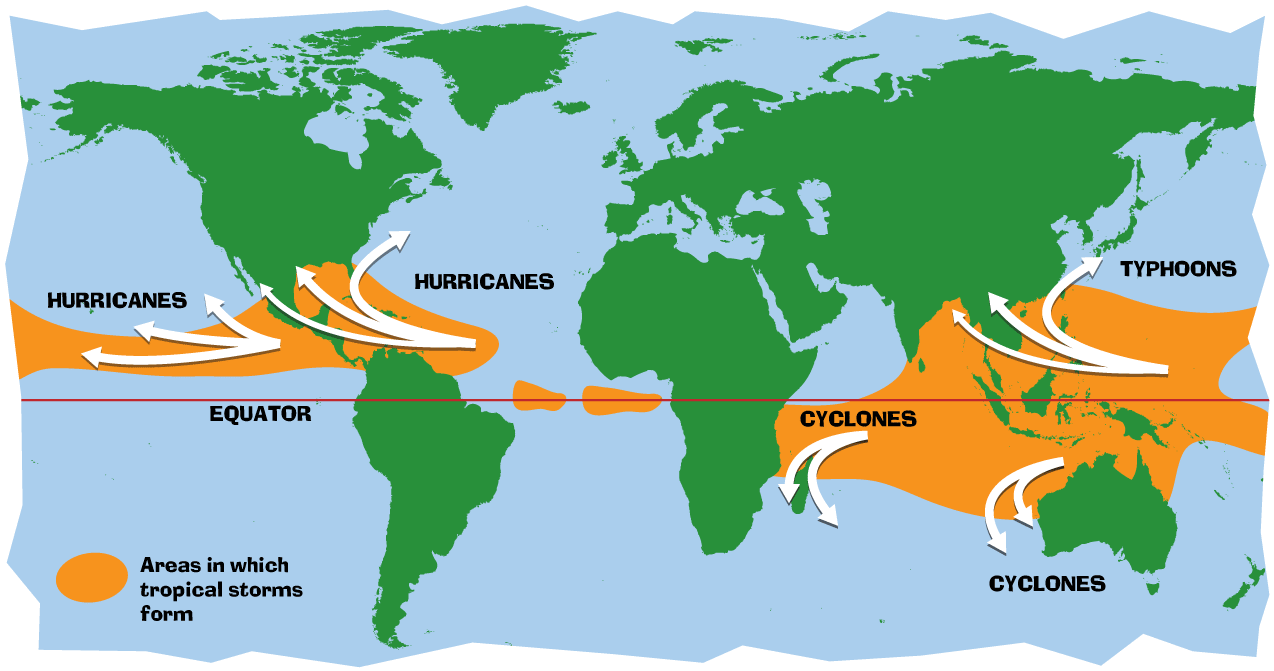As the climate gets warmer globally, Africa will be drier and have less rainfall in the winter months. Any change to the tropical cyclone movement and ocean temperatures will affect the rainfall location and might decrease it as well. Centennial time-scale feedbacks associated with vegetation patterns for the continent may make the climate changes less reversible. Most MMD models overestimate the precipitation in southern Africa. The models mostly focus on southern Africa.
It is predicted that in 2020 between 75-250 million people will be exposed to increased water stress and with the increased demand. The agriculture in Africa will be severely compromised by the climate change. It could be reduced by 50% by 2020. Fishing will decrease due to a decrease of resources. Rising water levels are predicted to degrade coral reefs and mangroves. Africa is confirmed to be one of the most vulnerable continents to climate change.
Africa is very vulnerable and will face many stresses. Farmers have made adaptions for the changing climate, but it won't be enough for future changes. Water will be a crucial resource that will be very limited in the future. Human health could be further negatively impacted by climate change.
The most interesting threat is depletion of resources. I choose this threat because it will affect the lives of all who live in Africa and once the resources become too scarce, they will have to move somewhere else to survive. There might be a huge migration of people from Africa in search of better resources, but might face problems of moving to another continent because of the other continent's limitations of resources. I feel that if this happens, then there will be no food for anyone as the demand for resources increases. We need to quickly find a sustainable way of acquiring resources and keep changes to the land to a minimum.
Friday, April 18, 2014
Friday, April 11, 2014
Severe Weather in South Africa
Tornadoes
Tornadoes form when winds at different altitudes and at different speeds, which create a wind sheer that causes a horizontal rotation of air. A formation of a mesocyclone is also needed to form tornadoes. Tornadoes in the United States usually travel North-West. This is the dominant direction because of the Westerlies. Tornadoes can form in South Africa as well.
The average number of tornadoes in the United States is about 1000.
Website: http://www.spc.noaa.gov/climo/online/monthly/newm.html
The average number of tornadoes in South Africa is about 1000 as well.
Website: http://www.enca.com/opinion/blog-post/tornadoes-south-africa
Tornadoes form when winds at different altitudes and at different speeds, which create a wind sheer that causes a horizontal rotation of air. A formation of a mesocyclone is also needed to form tornadoes. Tornadoes in the United States usually travel North-West. This is the dominant direction because of the Westerlies. Tornadoes can form in South Africa as well.
The average number of tornadoes in the United States is about 1000.
Website: http://www.spc.noaa.gov/climo/online/monthly/newm.html
The average number of tornadoes in South Africa is about 1000 as well.
Website: http://www.enca.com/opinion/blog-post/tornadoes-south-africa
South Africa falls in the low to moderate risk of having tornadoes.
It seems that tornadoes have increased over time, but that might not be true because since technology is advancing, we have had more chances to record the occurrences of tornadoes.
Hurricanes
Three main requirements for hurricanes to form are ocean temperatures over 80 degrees Fahrenheit, deep warm ocean layer of 200 m in depth, and the Coriolis needs to initiate the rotation.
Hurricanes form in the tropics and occurs in the United States, East Asia, Australia, South Africa and India. They are called Hurricanes in the Atlantic and East Pacific, Cyclones in the Indian Ocean near Australia and Typhoons off the coast of China and Indonesia.
In the United States, hurricanes usually travel in a "C" path due to the change in latitude and wind directions. East to West.
South Africa experiences some cyclones. United States have an average of 7-8 hurricanes per year.
Website: http://www.wunderground.com/hurricane/hurrarchive.asp
Subscribe to:
Comments (Atom)



